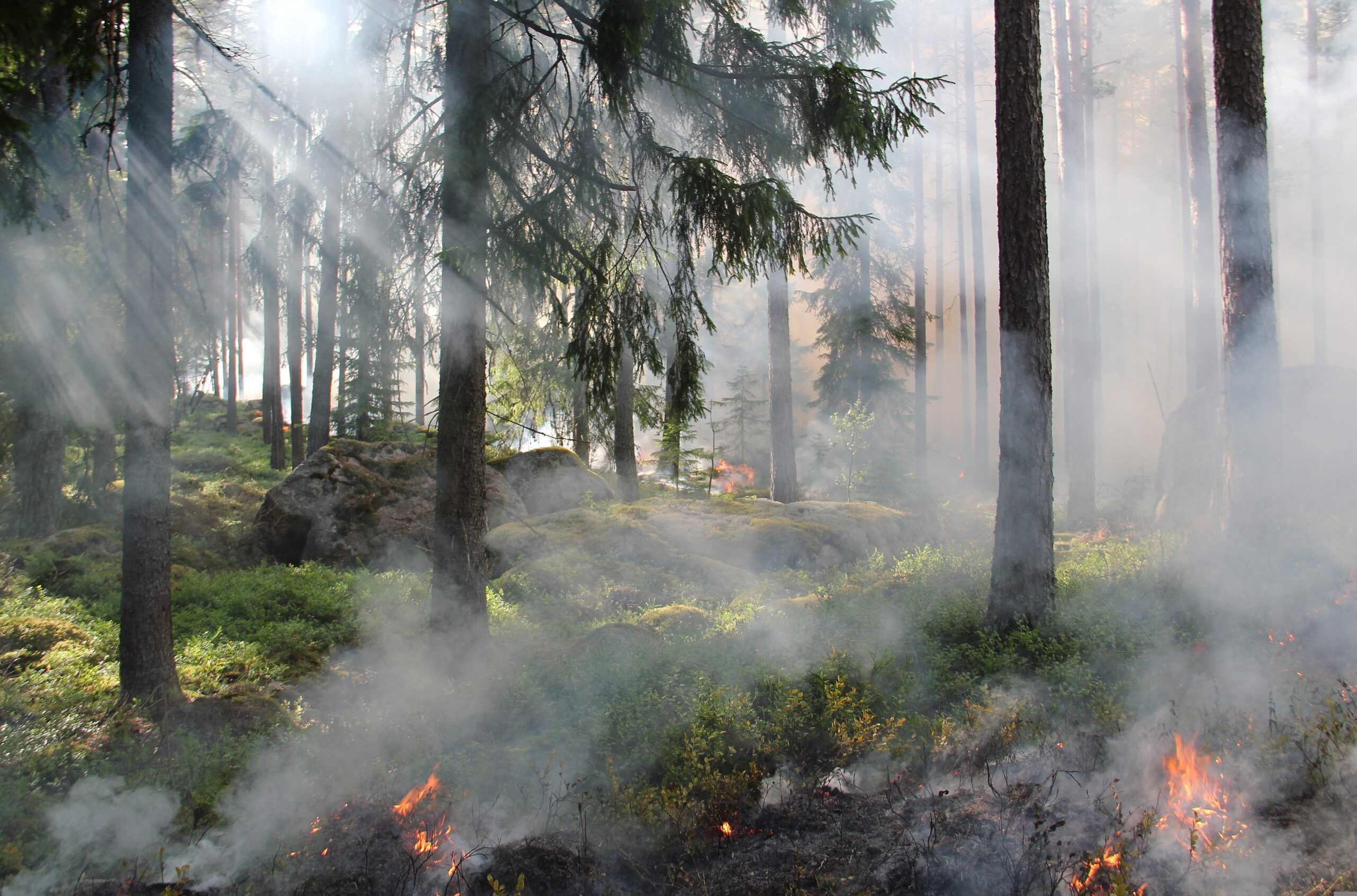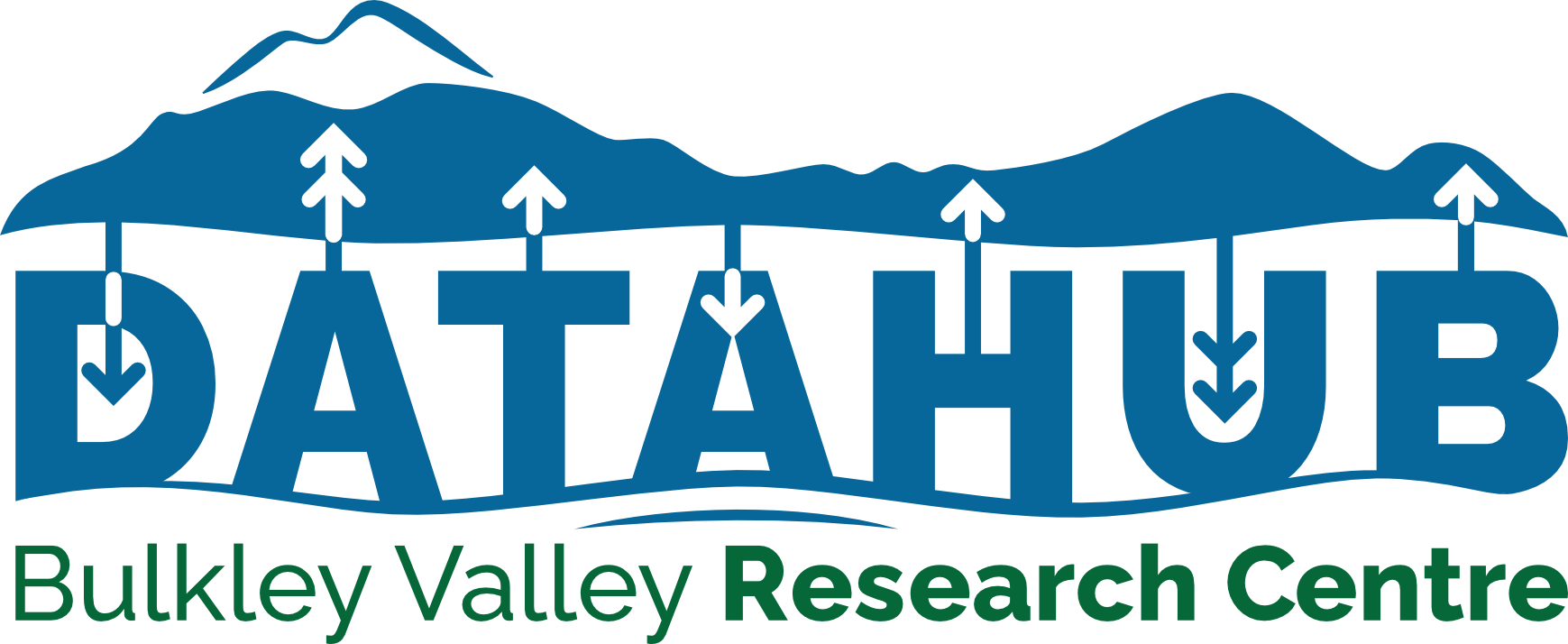Forest Carbon Recovery After Fire

About this Presentation
 Wildfire is a natural disturbance in many forested biomes, with the loss of carbon to the atmosphere and mortality of trees actively sequestering carbon of global concern as a contribution to climate change. Natural regeneration is often successful at re-establishing a forest in ecosystems adapted to fire, but with fires changing in size, frequency or severity, there are growing examples of regeneration failures or inadequate tree densities that would start to sequester and store carbon after fire. While trees can rapidly reestablish following fire, tree planting can also be a tool used to ensure a stand is restocked and actively sequestering carbon post-fire. In 2020, the BVRC with BC government collaborators, initiated a study in BC’s central Interior to determine whether tree planting after fire results in greater carbon recovery than natural tree regeneration. In this talk, Alana will present the results of this study and discuss ongoing work at the BVRC in understanding post-fire forest recovery.
Wildfire is a natural disturbance in many forested biomes, with the loss of carbon to the atmosphere and mortality of trees actively sequestering carbon of global concern as a contribution to climate change. Natural regeneration is often successful at re-establishing a forest in ecosystems adapted to fire, but with fires changing in size, frequency or severity, there are growing examples of regeneration failures or inadequate tree densities that would start to sequester and store carbon after fire. While trees can rapidly reestablish following fire, tree planting can also be a tool used to ensure a stand is restocked and actively sequestering carbon post-fire. In 2020, the BVRC with BC government collaborators, initiated a study in BC’s central Interior to determine whether tree planting after fire results in greater carbon recovery than natural tree regeneration. In this talk, Alana will present the results of this study and discuss ongoing work at the BVRC in understanding post-fire forest recovery.
About the presenter
Alana is an ecologist and research associate with the BVRC. She completed her PhD at UNBC in 2017 on the current and future northern range limit of whitebark pine under a changing climate. Her MSc at the University of Alberta was focused on whitebark pine ecology and resilience at the NW edge of its range. Current projects focus on ongoing research and restoration of endangered whitebark pine ecosystems, post-fire forest recovery of carbon, fuels and wildlife habitat, as well as modeling forest and carbon response to partial harvesting using a spatially-explicit stand dynamics model. She blends empirical data collection with ecological modeling to understand and support management of BC forests. She is an active board member of the Whitebark Pine Ecosystem Foundation-Canada and the BVRC.

